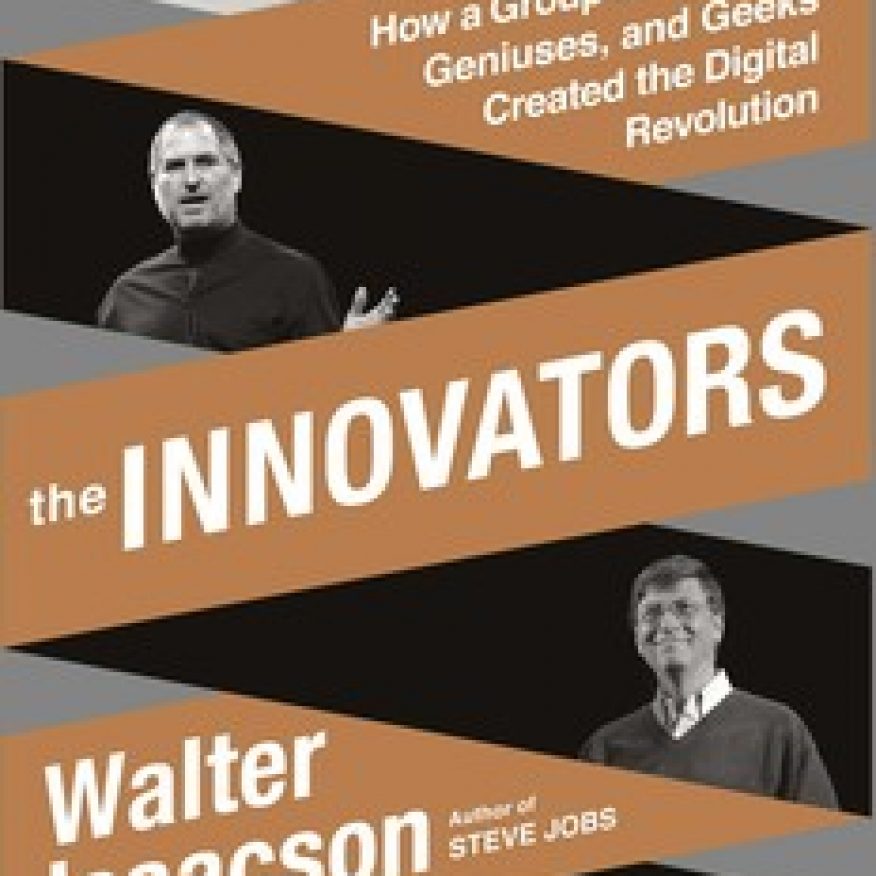Layouts

Women As Problem Solvers
This post originally appeared on my Google Plus page in January 2013, and was re-blogged by The International Reporting Project Educator and speaker, Angela Maiers shares two words she believes are essential to young women considering a career in STEM: “You matter.” The essence behind what Angela has to say is backed by some research. In June 2008, […]
Otters, a Sloth and a Giant Panda at Smithsonian’s Zoo
A visit to the free Smithsonian’s National Zoological Park in Washington DC is always worth it, even if the weather might be inclement. I captured a few of my favorite animals who just happened to be quite active today!
Read Science! Episode 26: Theodore Gray
On this episode we talked everything molecules: organic and inorganic chemistry, honey & high-fructose corn syrup, pigments, sodium ducks, and knitted sheep butts. Our guests were Theodore Gray, author, and Nick Mann, photographer, of the beautiful, informative, and entertaining book “Molecules : The Elements and the Architecture of Everything”.

New Walter Isaacson Book: The Innovators
This article first appeared in Scientific American in October 2014. This week, the new Walter Isaacson book, The Innovators: How a Group of Hackers, Geniuses, and Geeks Created the Digital Revolution has been released. I am a fan of his writing, having enjoyed many of his books, and not surprisingly enthusiastically consumed Einstein: His Life […]
Total Lunar Eclipse Visible Across North America Wednesday Morning
This post originally appeared at Scientific American Here in North America, we are in the midst of a tetrad of lunar eclipses, the second one visible Wednesday morning. A tetrad of lunar eclipses means that there are four total lunar eclipses in a row. This NASA video above explains it well.








Global Burden of Disease (GBD) Cause Patterns
This is by far one of my favorite interactive graphics. It comes from the Institute of Health Metrics and Evaluation. If I could embed the graphic in this post, I most certainly would. If you haven’t done so yet, check out the informational video above.
11 years ago Blog, Health, Travel, Video • Tags: accidents, causes of death, disease, epidemiology, GBD, GIS, Global Burden of Disease, global health issues, health, interactive graphic, life expectancy, medical research, risk of death, STEM